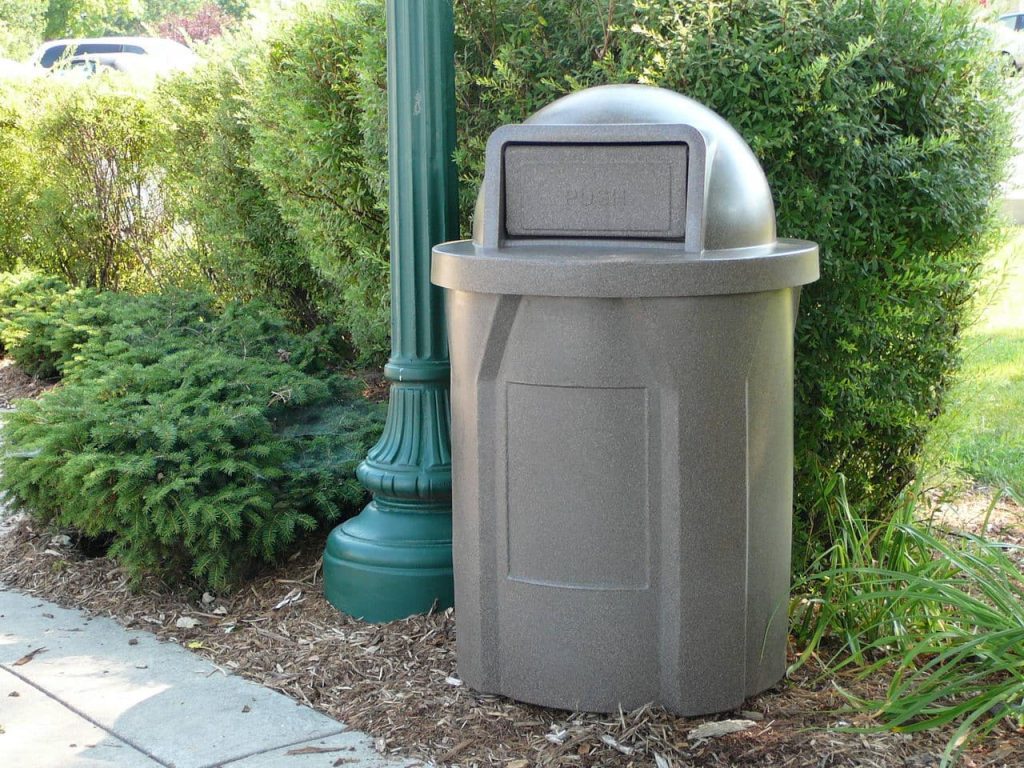Motion-activated commercial trash cans offer significant advantages in high-touch environments, particularly in settings where hygiene and convenience are paramount. These innovative trash cans are equipped with sensors that detect motion, allowing for touch-free operation. This feature is especially beneficial in places like hospitals, airports, restaurants, and office buildings, where minimizing physical contact can help reduce the spread of germs and improve overall sanitation. One of the primary benefits of motion-activated trash cans is their contribution to maintaining a cleaner and more hygienic environment. By eliminating the need for users to touch the trash can lid or handle, these devices reduce the risk of cross-contamination. In healthcare facilities, for example, where infection control is critical, motion-activated trash cans can play a crucial role in preventing the transmission of pathogens among patients, staff, and visitors. Moreover, these trash cans promote convenience and efficiency. Users can dispose of waste effortlessly without having to physically interact with the trash can, making the process quicker and more seamless. This feature is particularly appreciated in busy public spaces where time efficiency is essential, such as airports and shopping malls. The hands-free operation also caters to individuals with limited mobility, ensuring accessibility for all users.

Another advantage of motion-activated commercial trash cans is their ability to contribute to a more aesthetically pleasing environment. Their sleek and modern designs complement various interior settings, enhancing the overall ambiance of any space. In commercial settings like hotels or upscale restaurants, these trash cans can blend seamlessly into upscale decor while still offering practical benefits. In terms of maintenance, motion-activated trash cans are often designed for durability and ease of cleaning. Many models are constructed from materials that are resistant to stains and odors, making them suitable for prolonged use in high-traffic areas. Additionally, the sensor technology is typically designed to be reliable and responsive, minimizing operational disruptions. From a sustainability perspective, these trash cans can also be advantageous. Some models are equipped with features such as energy-saving modes or efficient waste compaction systems, which can help reduce overall waste volume and energy consumption. This not only benefits the environment but also contributes to cost savings over time, making them a practical choice for businesses aiming to enhance their sustainability efforts.
Furthermore, the implementation of motion-activated trash cans demonstrates a commitment to modern technology and innovation. Businesses that prioritize hygiene and user experience through such investments can enhance their reputation and customer satisfaction. In healthcare settings, for instance, patients and visitors may perceive the presence of touch-free amenities as a sign of advanced care and attention to detail. In conclusion, motion-activated commercial trash cans offer numerous benefits in high-touch environments. They improve hygiene by minimizing physical contact, enhance convenience and efficiency, contribute to a cleaner and more appealing environment, and support sustainability efforts. Whether in hospitals, airports, restaurants, or office buildings, these innovative trash cans prove to be a valuable investment in promoting both health and operational efficiency. Their integration not only addresses immediate hygiene concerns but also aligns with broader goals of sustainability and customer satisfaction in diverse commercial settings.
